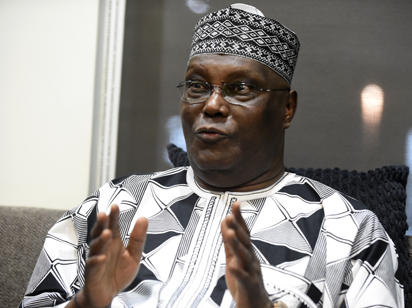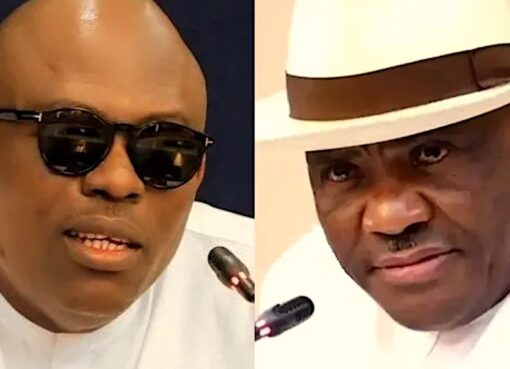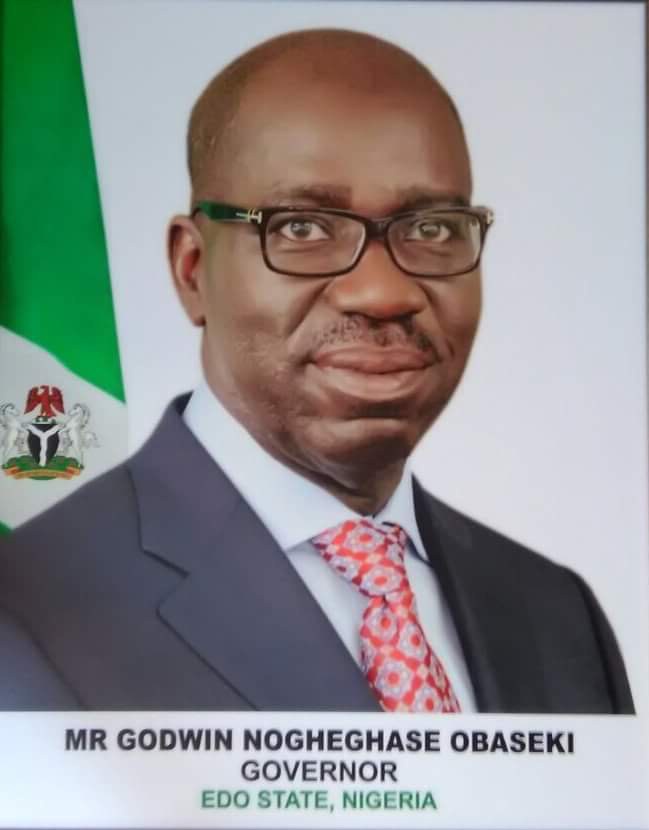Donald Trump has issued a video outlining his policy plans for his first 100 days in office and vowing to issue a note of intent to withdraw from the Trans-Pacific Partnership “from day one”.
In the brief clip posted to YouTube on Monday, the president-elect said that “our transition team is working very smoothly, efficiently, and effectively”, contradicting a wealth of media reports telling of chaos in Trump Tower as Trump struggles to build a team.
He said that he was going to issue a note of intent to withdraw from the Trans-Pacific Partnership trade deal, calling it “a potential disaster for our country”. Instead he said he would “negotiate fair bilateral trade deals that bring jobs and industry back”.
Hours before Trump’s announcement, Japan’s prime minister, Shinzo Abe, warned that the Trans-Pacific Partnership (TPP) would be “meaningless” without US participation.
Speaking to reporters in Buenos Aires on Monday, Abe conceded that other TPP countries had not discussed how to rescue the agreement if Trump carried out his promise to withdraw.
Donald Trump has issued a video outlining his policy plans for his first 100 days in office and vowing to issue a note of intent to withdraw from the Trans-Pacific Partnership “from day one”.
In the brief clip posted to YouTube on Monday, the president-elect said that “our transition team is working very smoothly, efficiently, and effectively”, contradicting a wealth of media reports telling of chaos in Trump Tower as Trump struggles to build a team.
He said that he was going to issue a note of intent to withdraw from the Trans-Pacific Partnership trade deal, calling it “a potential disaster for our country”. Instead he said he would “negotiate fair bilateral trade deals that bring jobs and industry back”.
Hours before Trump’s announcement, Japan’s prime minister, Shinzo Abe, warned that the Trans-Pacific Partnership (TPP) would be “meaningless” without US participation.
Speaking to reporters in Buenos Aires on Monday, Abe conceded that other TPP countries had not discussed how to rescue the agreement if Trump carried out his promise to withdraw.
Abe, a vocal supporter of the 12-nation agreement, appears to have failed in his recent attempts to coax Trump out of his “America first” protectionism.
The TPP, which excludes China, is thought to have been high on Abe’s agenda when he became the first foreign leader to meet the president-elect in New York last week.
While details of their 90-minute meeting have not been released, Abe would have used the time to try to persuade Trump to go back on his campaign threat to pull the US out of TPP on day one of his presidency.
“The TPP would be meaningless without the United States,” Abe said, after Japan and other TPP countries had discussed the agreement on the sidelines of the Apec summit in Lima at the weekend.
He added that the pact could not be renegotiated. “This would disturb the fundamental balance of benefits,” he said.
Trump’s determination to rip up the agreement will have horrified Abe, particularly after the property billionaire appeared to have softened his stance on other campaign threats, such as downgrading Washington’s security commitment to allies Japan and South Korea.
Abe invested considerable political capital in pushing for TPP, which was signed in 2015 but has yet to be ratified, including overcoming strong opposition from Japan’s influential farming lobby.
Abe, though, suggested he was already bracing himself for US withdrawal from the TPP, whose 12 participating countries cover 40% of the global economy. Last week he told a parliamentary committee that Trump’s threat, if carried out, could bolster moves towards a new regional trade pact that includes China.
“There’s no doubt that there would be a pivot to the Regional Comprehensive Economic Partnership (RCEP) if the TPP doesn’t go forward,” Abe told an upper house committee, according to Kyodo news agency.
“The RCEP doesn’t include the United States, leaving China the economy with the largest gross domestic product,” he added.
The RCEP comprises Japan, China and 12 other Asian countries, plus Australia and New Zealand, and has been under negotiation since 2013.
While China declined to join the TPP, feeling it was designed to isolate it politically and economically, the wider implications of the US going back on a trade deal that took seven years to negotiate is likely to harm China in the long term.
“The US leaving TPP is a problem of America rejecting globalisation,” said Da Wei, an expert on the US at the China Institute of Contemporary International Relations. “China is a beneficiary of globalisation and China is not willing to see the tide of globalisation ebb.”
While some Chinese may be happy at what they see as a political failure for the US, ultimately “China disapproves of this, China is anxious about the retreat of globalization”, Da said.
Trump’s wider trade rhetoric could damage US-China relations, with his promotion of “economic nationalism” at the centre of his frequent attacks on the world’s second largest economy, Da added.
Last week an editorial in the Communist party-controlled Global Times warned: “Making things difficult for China politically will do him no good,” referring to Trump.
Meanwhile, the Australian government seemed reluctant to give up on the TPP deal entirely. Australia’s prime minister, who has just returned from a 25,000km round-trip to Peru to reinforce support for the Trans-Pacific Partnership, stressed the importance of the agreement as a “strategic commitment”.
Malcolm Turnbull said it was up to Trump and his new Congress to make decisions about what they believed was in their nation’s interest.
“It is very clear that from Australia’s point of view, getting greater access for Australian exports … to those big markets is manifestly in our interest,” he said.
Steve Ciobo, the trade minister, said the TPP was “a good deal” and Australia wanted to move forward with it. Speaking to the media in Canberra, he said there was still time for the US administration to reconsider its position before the TPP needs to be ratified.
“We need to let the incoming Trump administration have some time, let’s have some patience,” he said.
Abe, a vocal supporter of the 12-nation agreement, appears to have failed in his recent attempts to coax Trump out of his “America first” protectionism.
The TPP, which excludes China, is thought to have been high on Abe’s agenda when he became the first foreign leader to meet the president-elect in New York last week.
While details of their 90-minute meeting have not been released, Abe would have used the time to try to persuade Trump to go back on his campaign threat to pull the US out of TPP on day one of his presidency.
“The TPP would be meaningless without the United States,” Abe said, after Japan and other TPP countries had discussed the agreement on the sidelines of the Apec summit in Lima at the weekend.
He added that the pact could not be renegotiated. “This would disturb the fundamental balance of benefits,” he said.
Trump’s determination to rip up the agreement will have horrified Abe, particularly after the property billionaire appeared to have softened his stance on other campaign threats, such as downgrading Washington’s security commitment to allies Japan and South Korea.
Abe invested considerable political capital in pushing for TPP, which was signed in 2015 but has yet to be ratified, including overcoming strong opposition from Japan’s influential farming lobby.
Abe, though, suggested he was already bracing himself for US withdrawal from the TPP, whose 12 participating countries cover 40% of the global economy. Last week he told a parliamentary committee that Trump’s threat, if carried out, could bolster moves towards a new regional trade pact that includes China.
“There’s no doubt that there would be a pivot to the Regional Comprehensive Economic Partnership (RCEP) if the TPP doesn’t go forward,” Abe told an upper house committee, according to Kyodo news agency.
“The RCEP doesn’t include the United States, leaving China the economy with the largest gross domestic product,” he added.
The RCEP comprises Japan, China and 12 other Asian countries, plus Australia and New Zealand, and has been under negotiation since 2013.
While China declined to join the TPP, feeling it was designed to isolate it politically and economically, the wider implications of the US going back on a trade deal that took seven years to negotiate is likely to harm China in the long term.
“The US leaving TPP is a problem of America rejecting globalisation,” said Da Wei, an expert on the US at the China Institute of Contemporary International Relations. “China is a beneficiary of globalisation and China is not willing to see the tide of globalisation ebb.”
While some Chinese may be happy at what they see as a political failure for the US, ultimately “China disapproves of this, China is anxious about the retreat of globalization”, Da said.
Trump’s wider trade rhetoric could damage US-China relations, with his promotion of “economic nationalism” at the centre of his frequent attacks on the world’s second largest economy, Da added.
Last week an editorial in the Communist party-controlled Global Times warned: “Making things difficult for China politically will do him no good,” referring to Trump.
Meanwhile, the Australian government seemed reluctant to give up on the TPP deal entirely. Australia’s prime minister, who has just returned from a 25,000km round-trip to Peru to reinforce support for the Trans-Pacific Partnership, stressed the importance of the agreement as a “strategic commitment”.
Malcolm Turnbull said it was up to Trump and his new Congress to make decisions about what they believed was in their nation’s interest.
“It is very clear that from Australia’s point of view, getting greater access for Australian exports … to those big markets is manifestly in our interest,” he said.
Steve Ciobo, the trade minister, said the TPP was “a good deal” and Australia wanted to move forward with it. Speaking to the media in Canberra, he said there was still time for the US administration to reconsider its position before the TPP needs to be ratified.
“We need to let the incoming Trump administration have some time, let’s have some patience,” he said.
(TheGuardian US )







